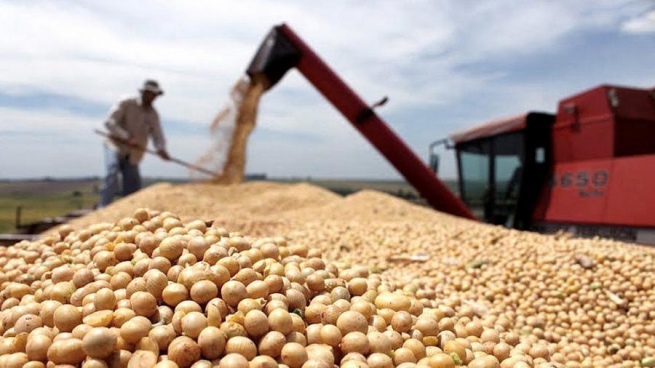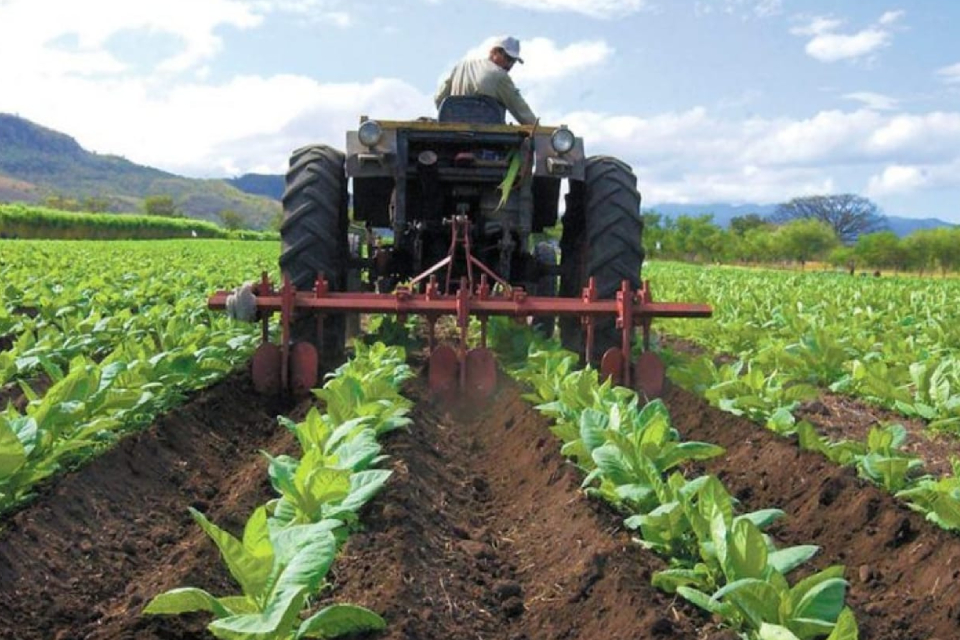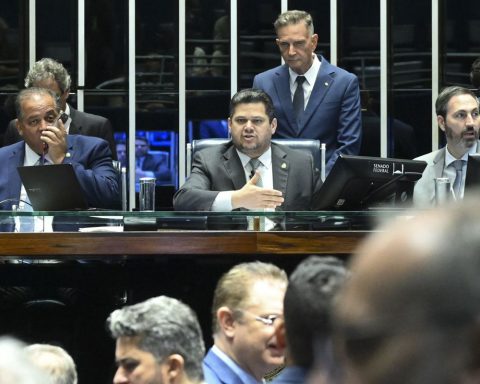The president of the Central Bank (BCRA), Miguel Pesce, estimated that the sales of soybeans that can be generated from the incentive created by the agency to promote the settlement of grains, could add at least some US$ 2,500 million to the reservations until next August 31.
About, denied that it is an “agro dollar” but a mechanism so that they can invest the pesos they obtain from sales of the grains that they keep in their possession, a measure that had partial support from the producers who demanded that its application be agile and simple in order to “achieve the results that are intended”.
According to Pesce, the measure responds to a claim by agricultural producers that “they did not have a resource where to invest the money when they sell the product” and that now, Until August 31, they will be able to allocate 70% of the sale in a deposit in pesos adjustable by the official dollar and the remaining 30% to the purchase of “savings dollar”.
“The producer is being given an opportunity to be able to protect the pesos when he sells soybeans and on the other hand we are allowing him, under the current rules, at an exchange rate of $240, of which $40 are profit withholdings,” he explained. the official in statements to El Destape and to radio AM 750.
“In no way is it an agricultural dollar, nor a differential exchange rate, we only enable two investment instruments for soybean producers,” Pesce stressed.
Said it’s a “convenient” measure since it is “uA solution to a problem posed by a production chain, as we have done with SMEs at the time”.

Asked about the expectations of increased soybean exports, he estimated that there is a delay in liquidation of the sector “of between 2,500 and 2,800 million dollars” although “there are around 2,200 million dollars that cereal companies already have but that do not have a fixed price. That is, they haven’t paid the producer yet, so they can’t sell it.”
“Surely we can obtain 2.5 billion dollars, very possibly more. We believe that this is a possible figure. We will see if the incentive leads to a higher sale,” said Pesce, who emphasized that the measure will be in force only until August 31. next.
Impact on agriculture
On the side of the agricultural entities, the vice president of Coninagro, Elbio Lauciricasaid that they analyzed the communication with technicians from the Confederation and with authorities from the BCRA and the Ministry of Agriculture and that “It is an excellent tool but we need it to be as simple as possible to achieve the desired results”.
For its part, the general manager of Syngenta, Antonio Aracreheld that the measure that “will work” since “this incentive is important” because it is “a very significant difference” for producers that they will have the “double benefit” of “not losing with a possible devaluation with 70%”, in reference to the amount to be deposited adjusted by the linked dollar and, in addition, with the remaining 30% “they buy dollars at 200 pesos”.
“It will work because people act based on economic incentives and not ideological questions“, affirmed Aracre in declarations to Radio with Vos, at the same time that he predicted that “in August, 3,000 million to 3,500 million dollars will probably enter”.
On the contrary, the president of the Argentine Rural Confederations (CRA), Jorge Chemes, It showed itself pessimistic with the possibility that the producers liquidate the grains that they keep in their possession despite the new tool created by the Central Bank to encourage sales.
“I don’t think that in this situation in which the country is and with the signals given by the Government, the producer is willing to liquidate his currency, which is the grain, which is protecting it, to go and put the money in a bank. I think this is a matter of common sense,” Chemes told the LN+ channel.
“How do I convince a producer to get rid of his currency to put the money (in a bank) in pesos at a time like the one we are experiencing?” added the agricultural leader.
Chemes considered “very difficult” for the new incentive to be enough to liquidate all the collected grains, and stated that “the system is very complicated.”
Details of the new instrument
The Board of Directors of the BCRA approved on Tuesday a new instrument to encourage agricultural producers to sell their soybean harvest before next August 31st.
In exchange, they will receive exchange coverage for up to 70% of the grain sales they make and, for the remaining 30%, the possibility of buying dollars at the official exchange rate plus COUNTRY tax and withholdings on account received by the AFIP, at a “savings dollar” exchange rate.
Specifically, in the case of 70% of the income produced by the sale, the producers will be able to make a demand deposit in financial institutions with variable daily remuneration based on the evolution of the A3500 exchange rate, known as the Link Dollar.
In addition, for the remaining 30%, the Formation of External Assets will be allowed, at the value of the official dollar plus the PAÍS tax and the withholdings on account received by the AFIP.
















